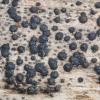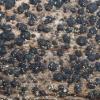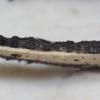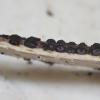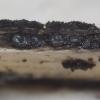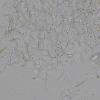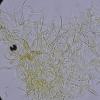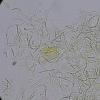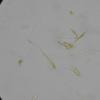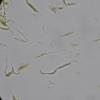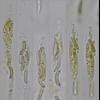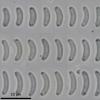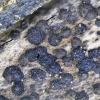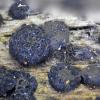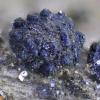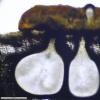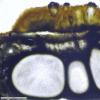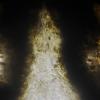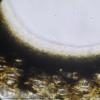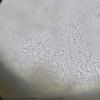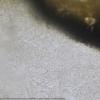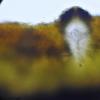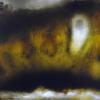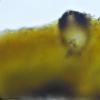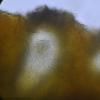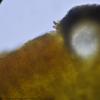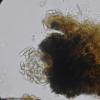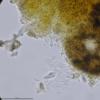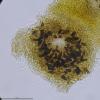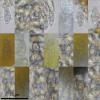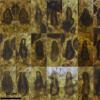
30-11-2025 12:53
 Edvin Johannesen
Edvin Johannesen
White short-stipitate apothecia found on thin twig

30-11-2025 10:47
 William Slosse
William Slosse
I recently found a collection of small Peziza sp.

27-11-2025 12:01
Thomas L챈ss첩ehttps://svampe.databasen.org/observations/10496727

27-11-2025 11:46
Thomas L챈ss첩ehttps://svampe.databasen.org/observations/10493918

17-09-2025 10:50
Heather MerryleesHi there!I am hoping for any advice on the identif

29-11-2025 08:40
 Andreas Millinger
Andreas Millinger
Hello,on a splintered part of a branch on the grou

28-11-2025 16:45
Nogueira H챕ctorNovember 23, 2025 Requejo de Sanabria (Le처n) SPAI

25-11-2025 14:24
Thomas L챈ss첩ehttps://svampe.databasen.org/observations/10490522

27-11-2025 15:41
Thomas L챈ss첩eSpores혻brownish, typically 4-celled; 26.8 x 2.4;

27-11-2025 11:31
Thomas L챈ss첩eCollectors notes: Immersed ascomata, erumpent thro
 Buenas tardes
Buenas tardesEl d챠a 7/6/2023 encontr챕 en Tenerife este Pyrenomycete bastante carbon찼ceo, muy peque챰o, de 200-300 micras de di찼metro, sobre madera de brezo (Erica arborea) o faya (Myrica faya). Las ascas tienen un pie largu챠simo, son IKI- y tienen 8 esporas cil챠ndrico alantoides con una g첬tula oscura en cada extremo. No he visto par찼fisis, y en su lugar hay una masa de hifas con terminaciones muy refringentes, sobre todo en IKI.
Medidas de las ascas:
(80,6) 95,3 - 136,2 (163,4) 횞 (4,3) 5 - 6 (6,3) 쨉m
N = 18;혻Me = 115,2 횞 5,4 쨉m ; Qe = 21,7
Medidas de las esporas (Medidas de punta a punta, no siguiendo la curvatura):
(5,6) 6,2 - 8,4 (8,8) 횞 (1,3) 1,5 - 2 (2,2) 쨉m
Q = (2,9) 3,4 - 5,1 (5,7) ; N = 45
Me = 7,3 횞 1,8 쨉m ; Qe = 4,2
En Canarias est찼n citadas Eutypella canariensis, E. euphorbiae y E. leprosa. De las 2 primeras pr찼cticamente no hay documentaci처n, y la tercera no se parece.
Gracias por vuestra ayuda.
Miguel 횁. Ribes혻

In Diatrypaceae, the morphology of the stroma is essential to the genus placement.
Regularly spaced single perithecia suggest Eutypa rather than Eutypella in which several perithecia are collectively erumpent though a common disc, with more or less prominent ostioles.
I don't see ostioles on your photos and it's only a guess that the small protuberances are not ostioles but perhaps superficial parasites, or maybe pycnidia. The hemispherical superficial part should be elucidated by sections in close-up to assess whether it is an ostiolar structure or what else.
Photos 6-7-8 recall a possible libertella-like asexual morph, I wonder if it comes from the perithecial contents or from the superficial pycnidia.
Your collection is really worth a thorough study.
Good luck!
Jacques

Interesting, two mushrooms in one.
Indeed, in the cuts that I have made I have not seen ostioles. I will try to make cuts and photos with more magnification of the superficial bumps that cover the perithecia. I will also try to take photos of the structure of the perithecia, although they were quite carbonaceous. All the micro photos that I have sent correspond to the interior of the perithecia that are seen at the bottom of the macro photos with cuts that I have sent, that is, the asci that I show and the possible libertella-like asexual morph of photos 6 -8 are of the same origin, from the interior of the perithecia, with complete certainty.
When I have more information I will send it again.
Thanks for your help Jacques. A hug.

In this message I send more photos of the Eutypa (and the Berlesiella on top), to see if it can be identified with this, and in the next message I send data on the Berlesiella.
Perithecia: 480 x 330 microns (height x width)
Miguel 횁. Ribes
Parece Capronia nigerrima, antes Berlesiella, un par찼sito com첬n sobre estromas de Eutypa.
Un abrazo.

Con la clave de Gernot Friebes (2012) llego a esa especie. Ya he visto tus l찼minas.
Muchas gracias. Un abrazo.
